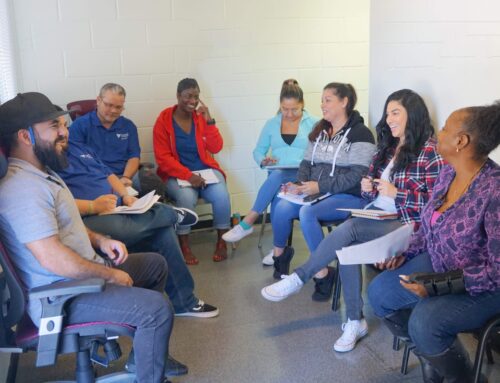After serving their country, many veterans return from deployment to find the world a different place.Veterans assistance and jobs for veterans aren’t as plentiful as they’d hoped, especially in their dream career fields. A lot of vets struggle to pursue their dream careers after service.
Unable to find gainful employment, veterans account for 11% of the homeless population. Some don’t realize the breadth of veterans assistance they qualify for. This may be part of why the U.S. Department of Veterans Affairs (VA) estimates the vet population declining from 20.8 million in 2015 to 12.0 million in 2045.
Veterans Services are designed to help ease the transition from military to civilian life. Think of it as AIT for being a civilian.
Jobs for Veterans Aren’t Guaranteed
Edelman polled employers and vets to learn some startling realities. A small 17% of employers view veterans as strategic assets, while 53% of employers feel veterans can’t have successful careers after service. Military spouses aren’t faring better either – 68% are unable to obtain flexible schedules and remote work that fit their lifestyle.
It’s a lot more difficult for veterans with other than honorable discharges and criminal records to find employment. Even honorably-discharged veterans don’t always find it easy though. Civilians are often oblivious to the plight of military life, despite the compromises veterans and their families had to make for the greater good.
Below are three key factors with the greatest impact on their inability to succeed.
1. Not Utilizing Veterans Services
Military service is very structured, and leaving that environment to venture into the world can be scary. Some veterans enlisted straight after high school and thus never applied or interviewed for a civilian job. Everything from work tasks to pay periods, corporate ladders, and even benefits differ.
Veterans Services are designed to ease this transition. Many cities have state-funded Department of Veterans’ Services, and private groups are also set up to help service members navigate these processes.
2. Veterans Assistance Has a Stigma
There’s no cookie-cutter veteran, but PTSD is commonly associated with military service. The National Institute of Mental Health estimates 6.8% of U.S. adults suffer from PTSD at some point in their lives. That number rises to anywhere from 11-20% in vets, depending on the campaign they served in.
Some employers are hesitant to hire veterans because of this. This shouldn’t dissuade anyone from seeking veterans assistance. In fact, it’s crucial to take advantage of any and all VA services while reacclimating to civilian life.
3. Civilian Work Culture Shock
Military life is high speed, with soldiers taught a specific work ethic that doesn’t always translate to civilian life. Mental trauma aside, veterans may have trouble relating to civilian supervisors and adjusting to a 9-5 job. In the army, soldiers don’t leave the job site until the job is done, but the private sector works to reduce overtime costs.
Promotions are much more competitive in the private sector, and the only way to move up a pay grade is to apply, interview, and compete. Even the process of finding a civilian job differs from when a vet joined the military an average of seven years ago. This creates a cultural disconnect where veterans don’t come off well during the selection process.
It’s not that veterans are unqualified for civilian jobs – if anything, they’re overqualified. Differences in communication styles leave many civilian recruiters and managers unable to relate to veterans. Veterans Services are designed to bridge these communication gaps to find jobs for veterans that can become sustainable careers.
Finding Better Jobs for Veterans
Thankfully it’s not all gloom and doom – although veterans have trouble in the job market, many also succeed. The U.S. Department of Labor reports the veteran unemployment rate is only 3.8%, and Pew Research shows it’s industry-dependent.
Some industries, like manufacturing, federal government, and transportation and utilities, have higher concentrations of veterans over nonveterans. Others, like education and health services, leisure and hospitality, and financial activities, favor civilian workers over veterans.
From this data, it’s clear that veteran unemployment rates have been consistently lower than non-veterans every month since January 2003. The biggest difference between veterans and non-veterans is what follows after the age of 65. Few veterans work past that point, as military pension and other earned benefits kick in to create a livable retirement wage. That number impacts the rest of the numbers.
It’s not easy adjusting to civilian life, but jobs for veterans are out there for those who know how to find them.
Contact Volunteers of America Southwest to learn more about our veterans assistance programs.


